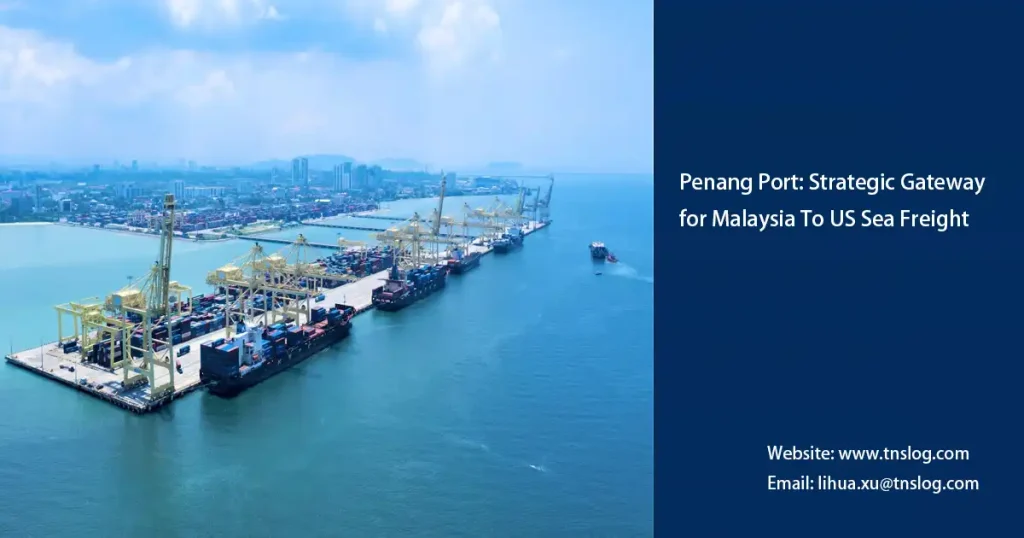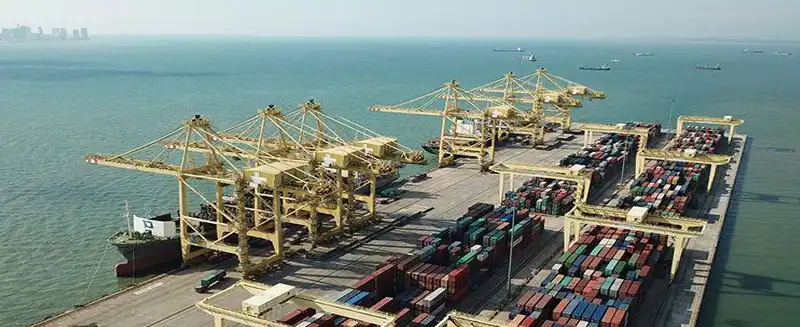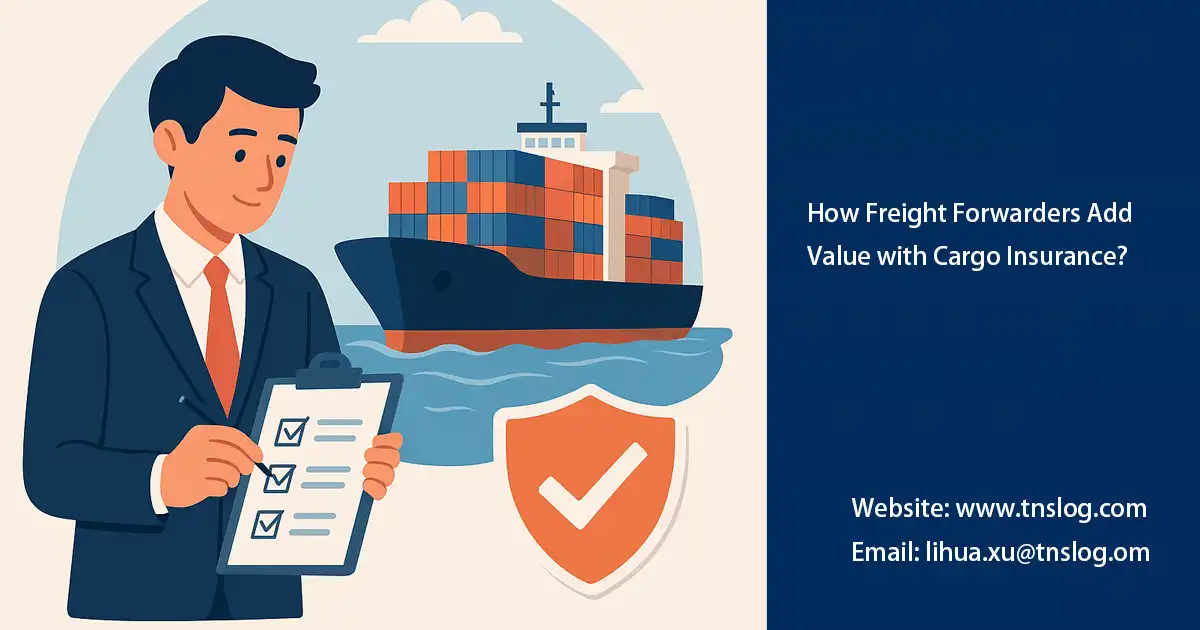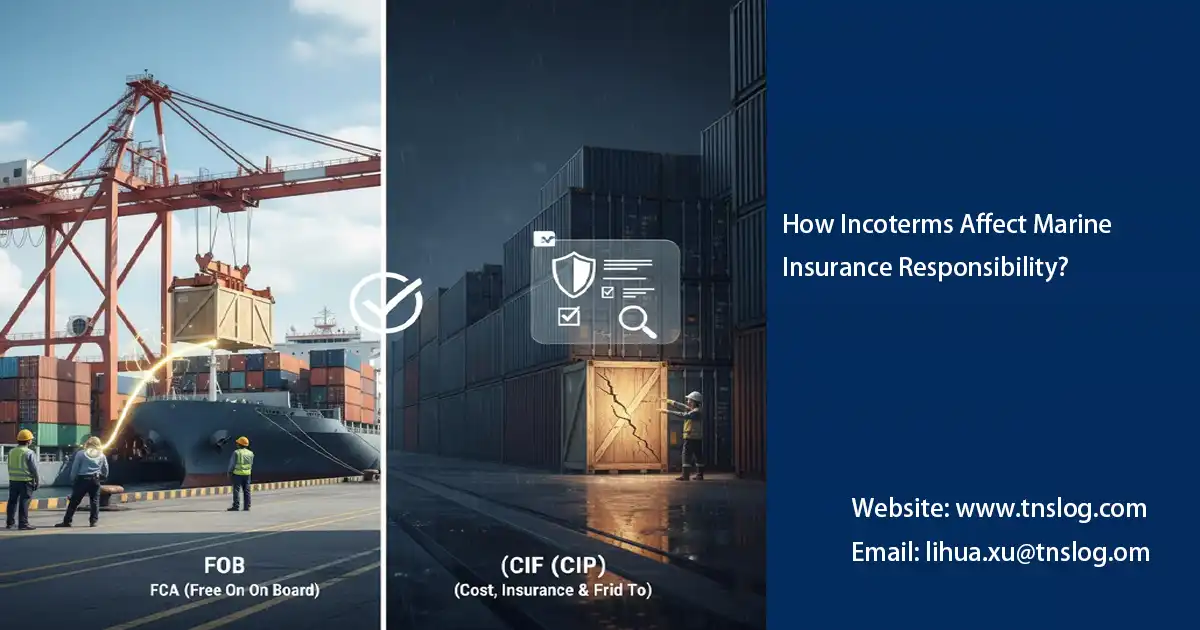Penang Port: Strategic Gateway for Malaysia To US Sea Freight
Penang Port, located on the northwest coast of Penang Island, Malaysia, holds a prime position adjacent to the Malacca Strait, one of the world’s busiest maritime trade routes. Established in 1786, it is among Malaysia’s oldest ports and has evolved into a key cargo hub for the northern region, serving industrial zones in Penang, Kedah, Perlis, and surrounding areas. These regions are renowned for exporting electronics, semiconductors, rubber products, and palm oil, particularly to the U.S. market, attracting significant investment from China and Southeast Asia. With its deep-water terminals and modern infrastructure, Penang Port offers efficient and reliable freight solutions, tailored for long-haul sea shipments from Malaysia to the United States.

Key facilities and capacity of Penang Port
- Container Handling Capacity: By 2024, the port will handle approximately 1.42 million TEUs (twenty-foot equivalent units), with a total cargo volume of 32.2 million tons. TEU throughput is expected to increase by 5-10% in 2025 as new cranes and automation systems come online.
- Terminal Configuration: The port comprises the North Butterworth Terminal (NBT), the South Butterworth Terminal (SBT), and the Swettenham Pier Cruise Terminal, supporting full container load (FCL), less-than-container load (LCL), bulk cargo, and cold chain shipping. With a water depth of 14.5 meters, the terminal can accommodate ultra-large container vessels (up to 18,000 TEUs).
- Intermodal Transport Support: Penang Port is connected to Penang International Airport via an efficient road and rail network, covering the northern industrial zone and providing seamless door-to-door service. The port is only 30 kilometers from the Penang Bay Industrial Zone, with land transportation typically taking less than an hour.
- Technology and Automation: Equipped with an AI-driven container tracking system and electronic customs clearance platform, the port reduces paperwork processing time to under 24 hours. Terminal operations utilize intelligent scheduling, resulting in loading and unloading efficiency 20% higher than the regional average.
- Sustainability Initiatives: The port has introduced solar-powered cranes and shore power systems to reduce carbon emissions, meeting the green supply chain requirements of US importers. Furthermore, Penang Port is piloting low-carbon fuel vessel berthing facilities to support future trends in environmentally friendly shipping.
Compared to Port Klang, Penang Port offers northern exporters significant logistical advantages, saving 10-15% on inland transport costs and reducing customs clearance delays.
Penang Port to U.S. Freight Routes: Routes, Timelines, and Efficiency
Freight routes from Malaysia to the U.S. primarily cross the Pacific, with Penang Port serving as an efficient starting point. In 2025, route punctuality is expected to exceed 85%.
| Destination U.S. Port | Main Route | Average Transshipment Port | Estimated Shipping Time (Door to Door) |
|---|---|---|---|
| West Coast: Los Angeles/Long Beach | Penang → Transshipment in Singapore/Hong Kong → Direct to Pacific | Singapore | 15-25 days |
| West Coast: Oakland | Penang → Transshipment in Hong Kong → West Coast Express | Hong Kong | 15-20 days |
| East Coast: New York/New Jersey | Penang → Transshipment in Singapore → Suez Canal or Panama Canal | Singapore/Rotterdam | 35-50 days |
| Gulf of Mexico: Houston | Penang → Transshipment in Hong Kong → Direct to Gulf of Mexico | Hong Kong | 30-42 days |
- Efficiency Highlights: Penang Port’s automation reduces loading/unloading times by 20%, with average vessel turnaround of 24-48 hours. Northern cargo sources save 2-3 days of inland transport compared to Port Klang.
- Challenges and Solutions: Monsoon season (November-February) may cause 5-7 day delays; we recommend stable carriers like Maersk or MSC and early booking to avoid peak periods.
Cost Analysis: 2025 Penang Port to U.S. Freight Rates

Freight rates are influenced by fuel prices, seasonality, and space availability, with 2025 Q1 rates trending downward and expected to stabilize. Below are FCL estimates (excluding insurance and duties, based on 20ft/40ft containers)
| Route | 20ft Container (USD) | 40ft Container (USD) | Additional Charges (THC + BAF) | Total Cost Savings Tips |
|---|---|---|---|---|
| Penang → Los Angeles | 1,800-2,200 | 3,000-3,500 | 300-500 | Choose the West Coast route, save 20% vs East Coast |
| Penang → Oakland | 1,700-2,000 | 2,800-3,200 | 250-400 | Lowest freight rate, suitable for electronics |
| Penang → New York | 3,500-4,500 | 5,500-6,500 | 500-700 | LCL consolidation is more economical, suitable for small batches |
| Penang → Houston | 2,500-3,000 | 4,000-4,800 | 400-600 | Utilize free trade zones, reduce tax by 10% |
Cost Factors: Bunker Adjustment Factor (BAF) accounts for 15-20% of total costs; LCL is charged per cubic meter at 100-150 USD/CBM. Compared to air freight (3-8 days, 3-5 times more expensive), sea freight is ideal for high-volume, non-urgent cargo.
Customs and Clearance: U.S. import duties vary by HS code (2-5% for electronics), with Penang Port’s electronic clearance system expediting customs to within 24 hours.
We can provide an integrated end-to-end quote, saving an average of 12% on ocean freight logistics costs. Contact us today
Why Choose Penang Port? Advantages for U.S.-Bound Freight
- Strategic Location: Adjacent to the Malacca Strait, reducing U.S. transit times by 5-10% and lowering fuel costs. Ideal for northern manufacturers, such as Penang’s Silicon Valley semiconductor exporters.
- Global Connectivity: Multiple weekly sailings to the U.S., with partners like Maersk and MSC, supporting a network of over 500 ports.
- Cost Efficiency: High handling efficiency with port fees 80% of Port Klang’s, plus tax exemptions via free industrial zones.
- Reliability: 2024 cargo growth reached 8%, with 2025 expected to benefit from U.S.-China trade shifts.
- Comprehensive Services: Supports bulk, reefer, and project cargo, with Swettenham Pier facilitating business inspections.
You may also be interested in
Have Anything To Ask Us?
Please fill in your email in the form and we’ll get back to assist you soon!




